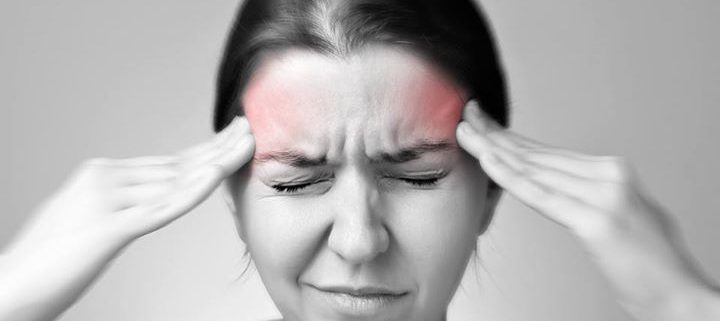The cerebellum and migraines
According to the WHO, 10-12% of worldwide population is affected by migraines.
What defines a migraine?
– Duration: 4-72 hours.
– Unilateral.
– Affects specifically the anterior part of the cranium.
– Can be intense enough to get in the way of professional activities.
– Can be associated to nausea, vomiting and photophobia.
– There can be an aura preceding the migraine.
If it’s true that no one knows the origin of migraines, some studies show that the issue could be of cerebral origin. There is, to this day, a debate as to whether migraines are of vascular or neurological nature.
That being said, it seems that the possibility that migraines are caused by cerebral hyper excitability is generally accepted.
The role of the cerebellum in cases of migraines with and without an aura
Published force plate measurements have revealed that migraine sufferers had less balance. As well, it was revealed that individuals afflicted by migraines had ocular saccades that were less precise. Finally, it was mentioned that individuals that suffer from migraines tend to have less fine motor coordination.
These findings seem to highlight the role of the cerebellum in migraines. To add to it, it is apparently 2/3 of migraine sufferers that are sensitive to movement!
The role of the cerebellum in basilar type migraines
Some think that basilar type migraines find their origin in the brainstem and/or in the brain hemispheres and are sometimes accompanied by motor deficits.
Some of its symptoms, again, make you think of the cerebellum:
– Dysarthria: difficulty with the TMJ for speech.
– Vertigo: difficulty with organ of equilibrium.
– Diplopia: double vision.
– Visual symptoms.
– Ataxia: lack of coordination of movements.
The role of the cerebellum with familial hemiplegic migraines
Familial hemiplegic migraines are characterized by the presence of an aura and motor weaknesses. We can also find ataxia. As it is the case for other types of migraines, we recognize, for familial hemiplegic migraines, symptoms that belong to the cerebellum.
Conclusion
Based on the information herein provided, we can think that the cerebellum is involved in different types of migraines.
In Posturology, the fact that we improve proprioceptive information that is captured by the cerebellum and that we decrease the quantity of work that the vestibular system needs to accomplish to stand us upright (the inner ear connects to the cerebellum), it is quite possible that we can have a positive effect on the probability of developing migraines.
Clinically, we often find that these migraines are on the side of the hypo convergent eye, where facial muscles show less tone. These clinical findings can be a reflection of the postural system. If we improve that system, it is possible to have results on migraines.


Excellent blog!
Thank you!